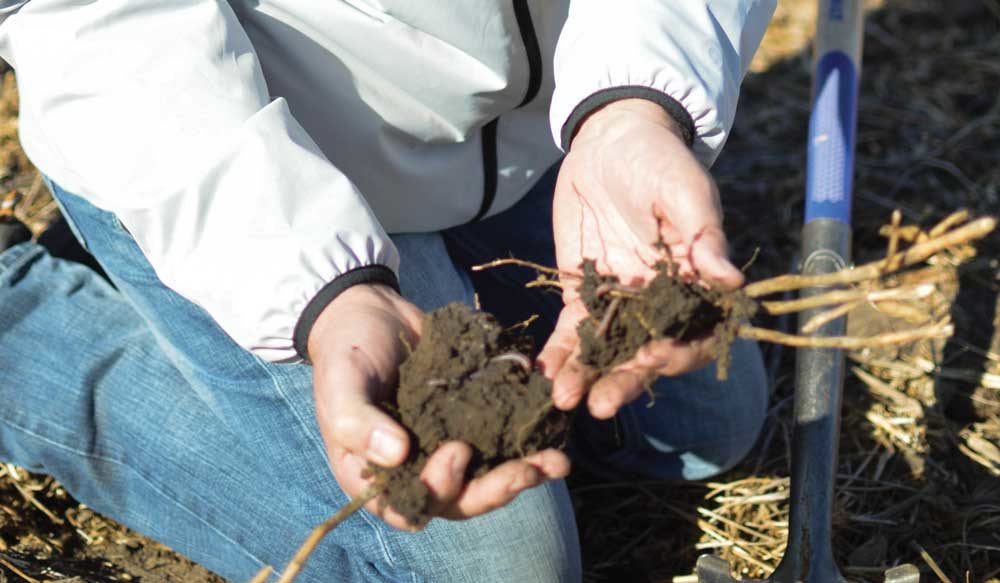By Andrea Johnson, Ag Update
If farmers are adding strip tillage, cover crops, or perennial crops to their operations, they might be able to receive a carbon credit payment per acre, too. While the market is still new, early adapters need to study so they’re prepared.
Carbon markets were discussed at the March 16 webinar “Strategic Farming: Let’s Talk Crops!”
“I’m always the person who says, ‘Just put your toe in–don’t jump in.’ Start with your worst field, the sandiest with the lowest organic matter content,” said Jodi DeJong-Hughes, University of Minnesota Regional Extension educator. “Even if the carbon markets don’t pay out, you’ll see other benefits in crop yield and water management.”
DeJong-Hughes reminds farmers to check with their lawyer before signing any contracts for providing carbon credits.
Practices that qualify for carbon credits should be practices that help farmland.
“It’s supposed to be practices you want to do, and then you get an extra $5 per acre,” said Anna Cates, Ph.D., Minnesota soil health specialist.
“When you incorporate practices that leave more carbon in your field, and good organic matter, your field can better capture the rainfall, be able to move the water into the soil, that helps the farmer to be able to get into the field quickly after a rainfall event. Also, you can bang up the soil a little bit and it bounces back,” DeJong-Hughes added.
As a visual, DeJong-Hughes suggests farmers think of an inflated hot air balloon. The amount of space inside that hot air balloon is comparable to the size of a ton of carbon dioxide.
You might hear the term “carbon dioxide equivalent.” This is because there are multiple greenhouse gases (GHG)–methane, nitrous oxide, carbon dioxide and more.
“They put it all on the scale of ‘How does it compare to carbon dioxide in the atmosphere for holding down heat?’ Carbon dioxide is 1, and if you look at methane it is about 25 carbon dioxide equivalents. It is more potent than carbon dioxide by 25-30 times. Nitrous oxide is about 265 times more potent,” she said.
DeJong-Hughes and Cates are working with the Minnesota Corn Growers to help farmers understand the carbon credit market better. They focus on soil management. It’s common to think of soil organic carbon as interchangeable with soil organic matter, as organic matter is about 58% carbon. One percent of organic matter has about 11,600 pounds of carbon in the top 6 inches of soil per acre. Yet, when it comes to carbon credits, the more carbon already in your soil, the more difficult it is to see a significant change.
If getting a carbon credit contract is something a farmer wants to try, signing up a poor quality, light-colored field with soil health problems is likely the field to start with.
Increasing carbon in the soil includes practices such as leaving more crop residue, growing long roots, adding manure to the soil, or growing cover crops. Practices that take carbon away include erosion, tillage, baling/burning, or harvesting crops (though harvesting crops is the point of most farmers.)
When companies pledge to reduce their carbon footprint, they have two ways to do so. They can remove it through various practices—insets—along their own value chain. Or they buy offsets—paying someone to restore a forest or to adopt cropping practices that increase carbon in the soil.
For most farmers and landowners, the primary goal of adopting new techniques is to improve the land and soil health. Obtaining a carbon credit payment of a few dollars per acre may be a nice perk for some farmers, but the greater benefit comes from more productive soil and a healthier environment–such as reduced erosion and better water quality.
“There are many benefits,” Cates said. “Cover crops and good soil structure can help mitigate the effects of very wet years. Cover crops and good soil structure can help mitigate the effects of very dry years. That’s where you get the intersection of the environmental issues that society is interested in and on-farm logistical help.”






